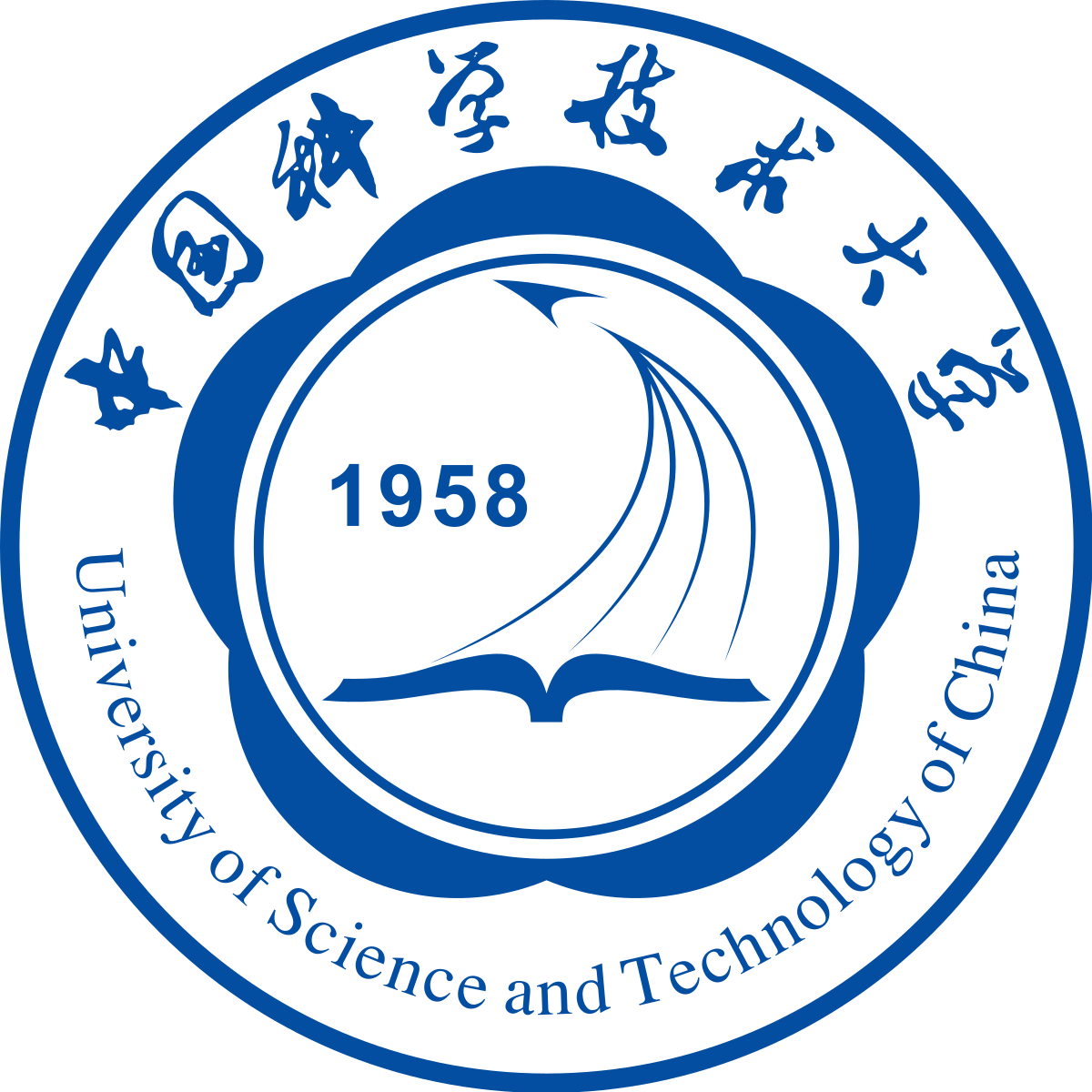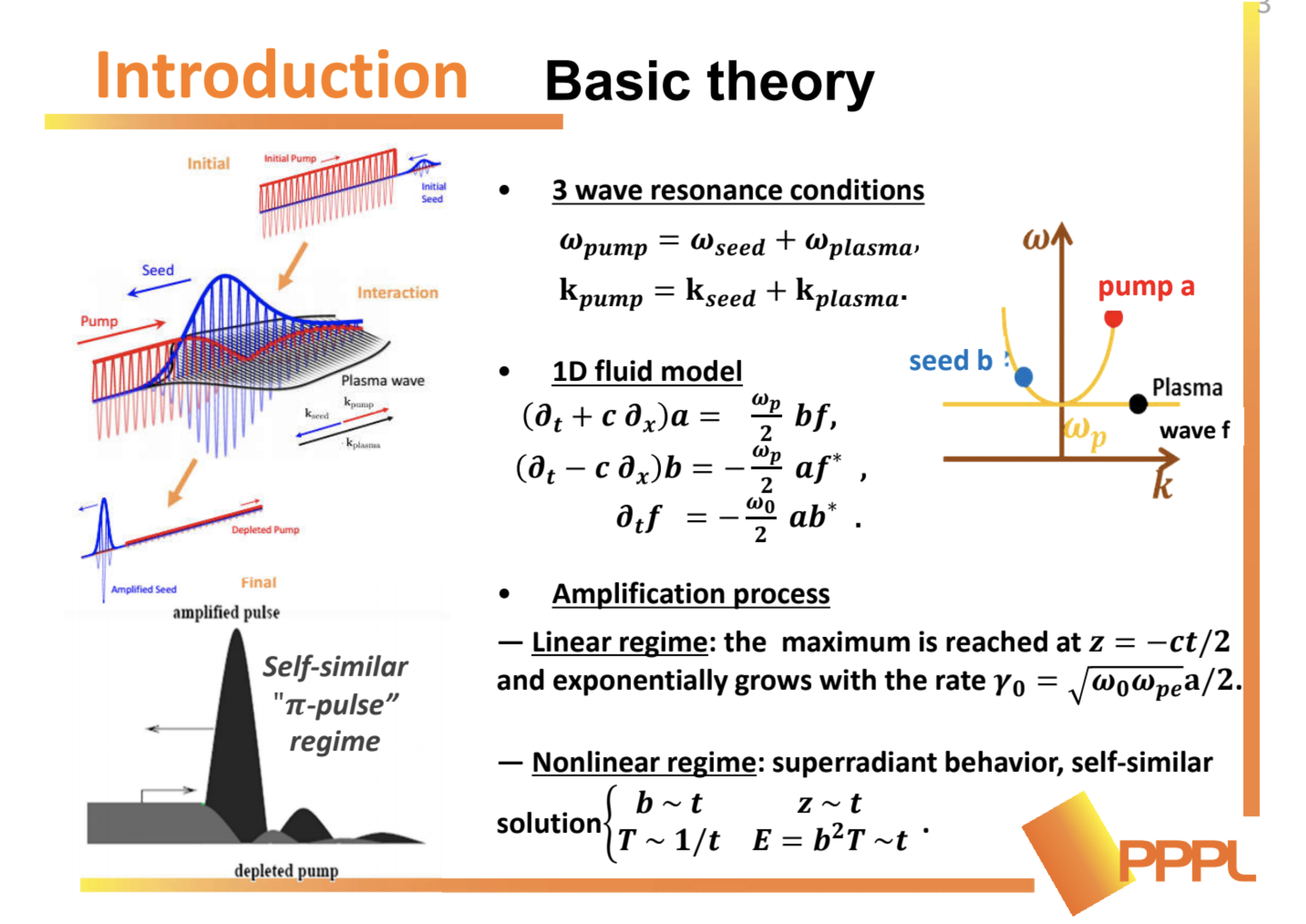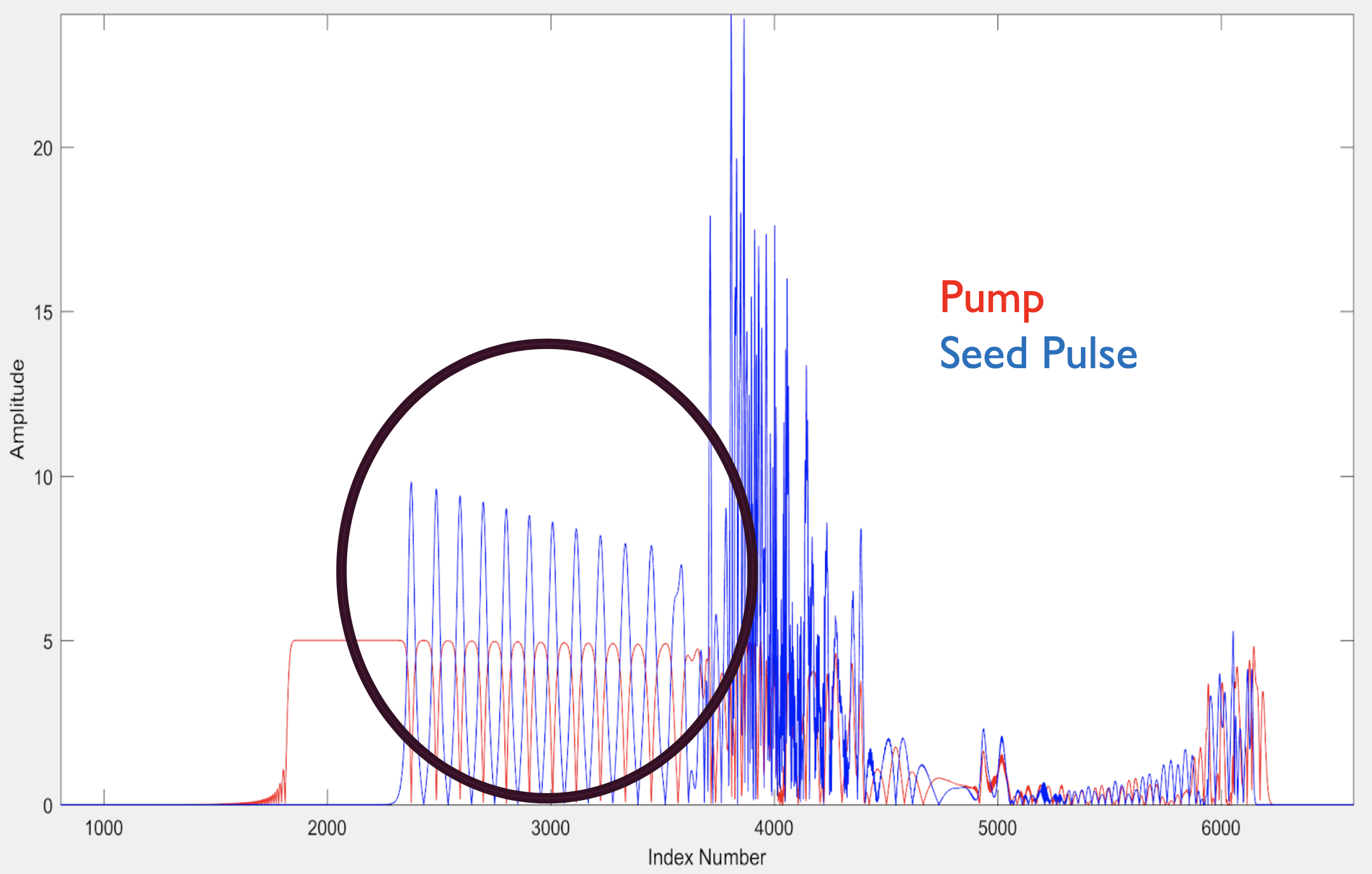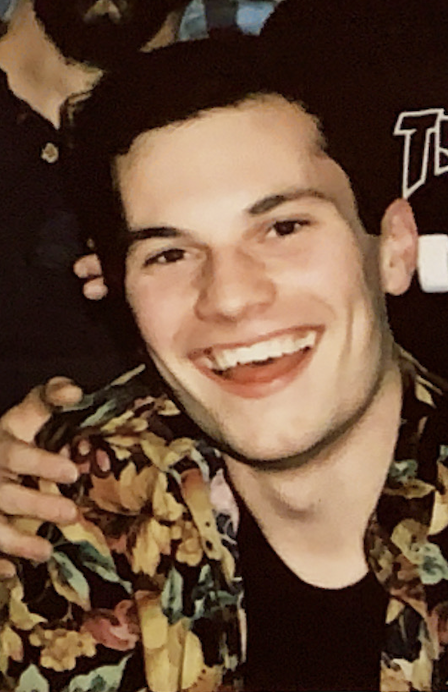Stimulated Raman Backscattering for Seed-Pulse Amplification in a Plasma Medium

Background
During my final year as an undergraduate student, I got wind of an opportunty to apply for a physics summer camp! Who knew that they ran these things for kids over 10 (I consider myself a big kid)! The University of Science and Technology of China (USTC) was offering 3 McMaster University students the opportunity to study and collaborate with students from all over the world and their physics department. USTC has ran this summer camp before, but this was the first time they were inviting Canadians. It was a long shot, but I decided to apply anyways. And, well, I got in!
I was surrounded by some of the brightest students I had ever met. From MIT, CalTech, and Oxford, to the less well known names from Australia, the Netherlands, and Germany. This place really took the cream of the crop, and I just felt lucky to be there. USTC gave us everything we needed. From paid room and board, paid flights, to a weekend historical trip of the local Chinese towns. The whole experience was insane!
The duration of the camp was a total of 2 weeks, were the first week was focused hardcore physics lecture material from a variety of different academic focuses. The second week was only reaseach. The goal of the first week was to get you acquainted with the researchers at the university so you could determine who you wanted to work with for a short 1-week long project during the second week of the trip.
The Project
I chose to work with Dr. Qing Jia, alongside 5 other students (each from different countries)! After some deliberation, we decided that it would be suitable to derive an analytic solution and run computational models describing a non-linear wave interaction for stimulated Raman backscattering for seed-pulse amplification. That’s a mouthful. Long story short, this method is a new way to generate ultrafast laser pulses (fs) with huge peak powers, compared to the traditional method of Chirped-Pulse Amplification (CPA) (2019 Nobel Prize in Physics). CPA generates ultrafast, high-power pulses by stretching, amplifiying, and compressing the packet of energy with physical optical elements. As the peak energy increases, physical elements start to breakdown, thus restricting the potential for CPA.
In order to solve this issue, Dr. Jia’s research was to create ultrafast pulses by generating them within a plasma. The effect is the same in CPA, but this method does not use optical elements.
 Some basic theory showing the interaction between the seed, pulse, and plasma waves.
Some basic theory showing the interaction between the seed, pulse, and plasma waves.
Needless to be said, this was complicated. I mainly worked on the simulation aspect of the project and we were able to get it working (sort of) within the week! Below is the final simualtion, and it’s not pretty, but you can see that the initial seed pulse was acting in such a way that it was becoming compressed and amplified compared to before it was propogated into the pump wave. I would say we did pretty good for having 4 days to work on it!

Regardless of how well the work went, everyone at the camp was so stoked on the whole experience. Being in a country you’ve never been to before and being treated like kings and queens doesn’t happen very often! I’m humbled to of had the opportunity and now have friends all over the world!
